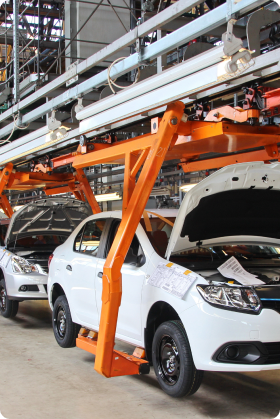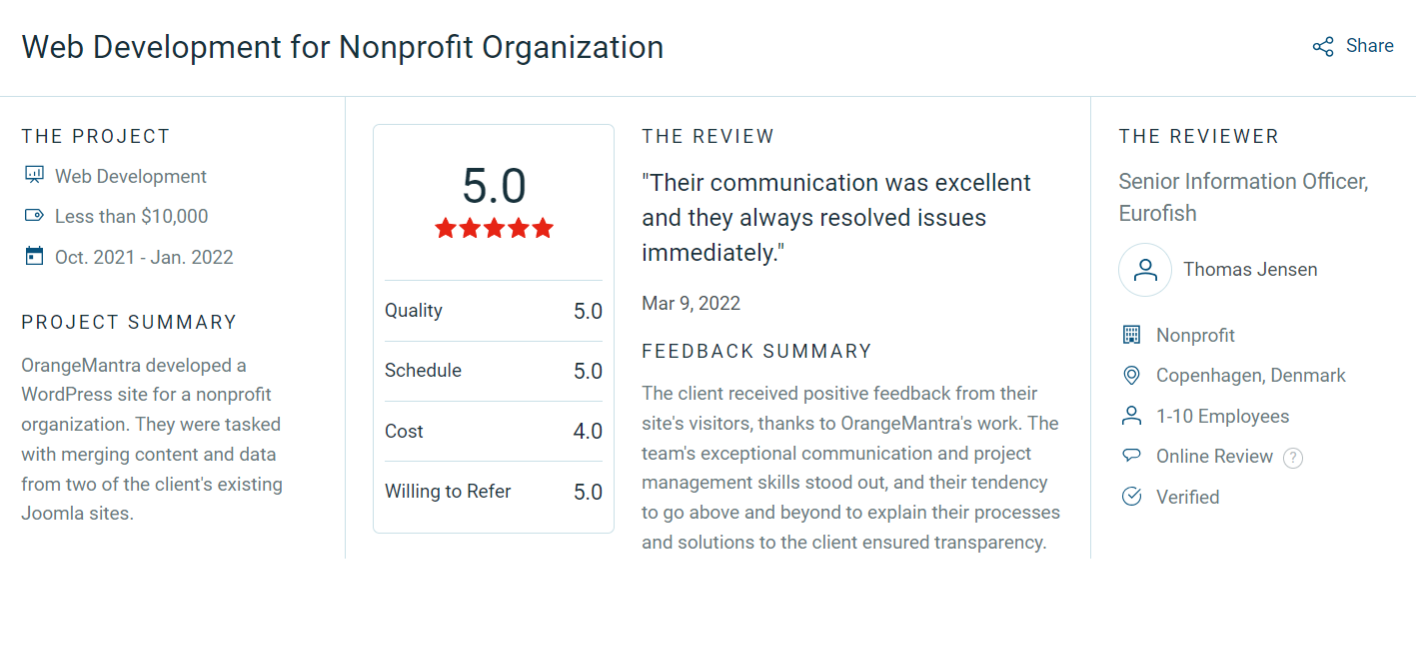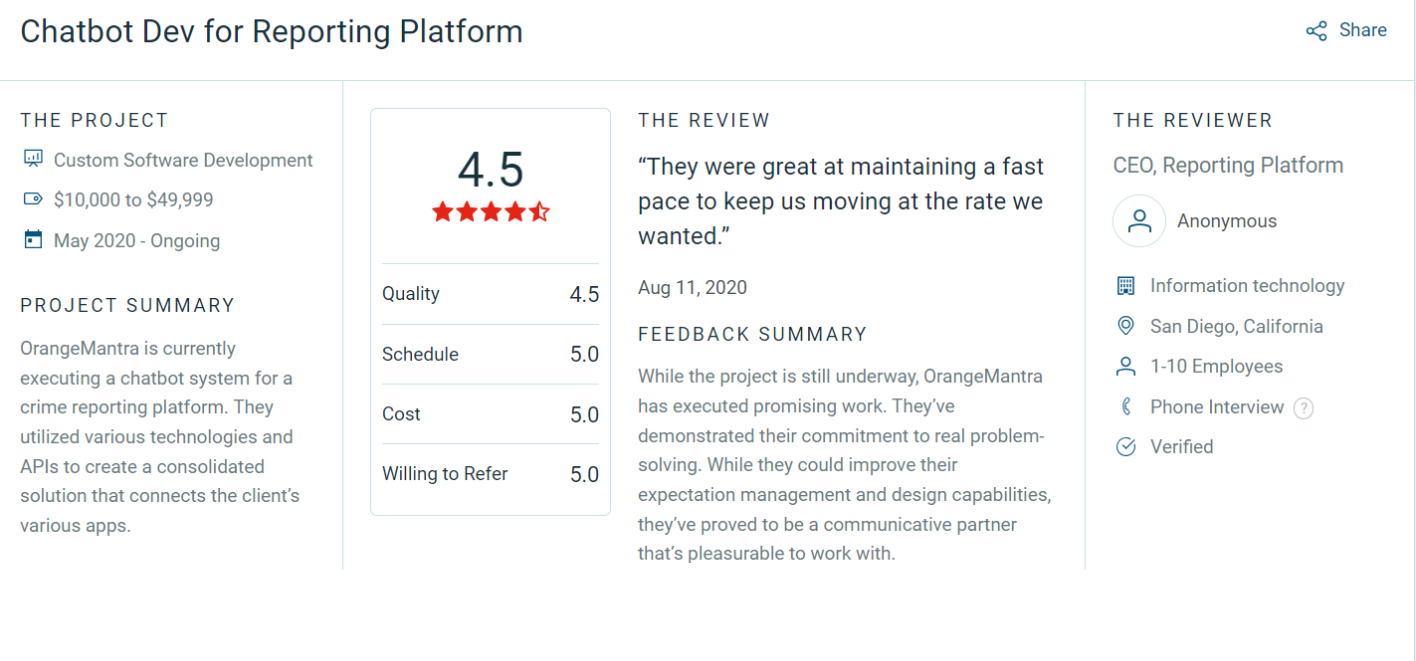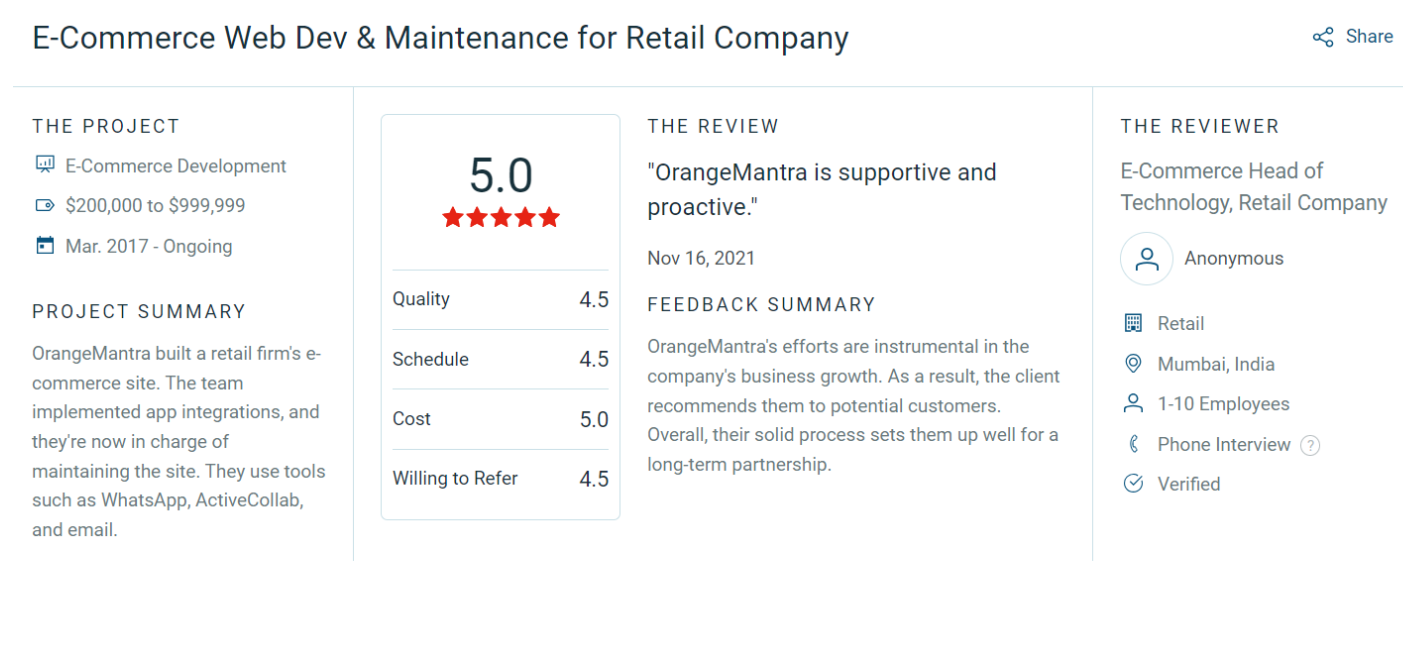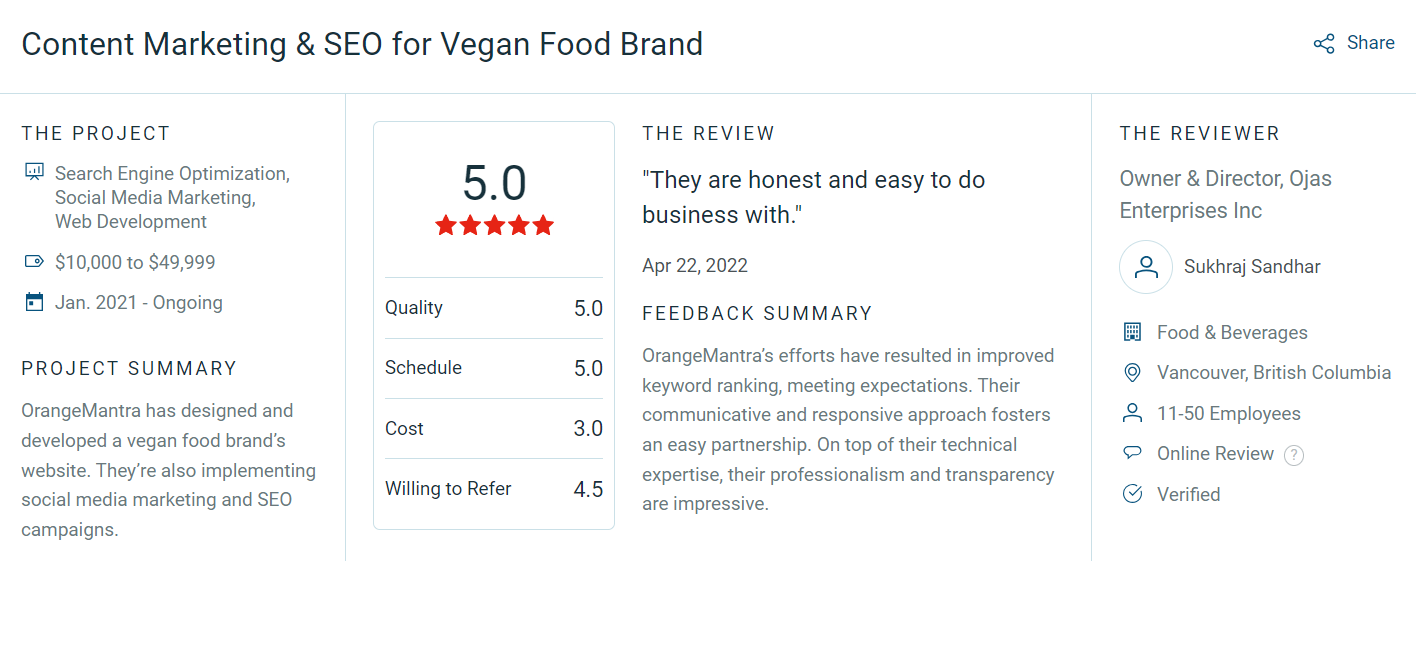Headless WordPress Development for Modern Businesses
We utilize the combined power of the WordPress CMS and headless architecture which opens endless possibilities in design, functionality and user experience to create a captivating experience on your website.
Unmatched Performance
Mobile First Approach
Scalability on Demand
Limitless Flexibility
Enhanced Security

























 Node.js
Node.js
 Express.js
Express.js
 MongoDB
MongoDB
 MySQL
MySQL
 AWS
AWS
 Heroku
Heroku
 GraphQL
GraphQL
 RESTful
RESTful










